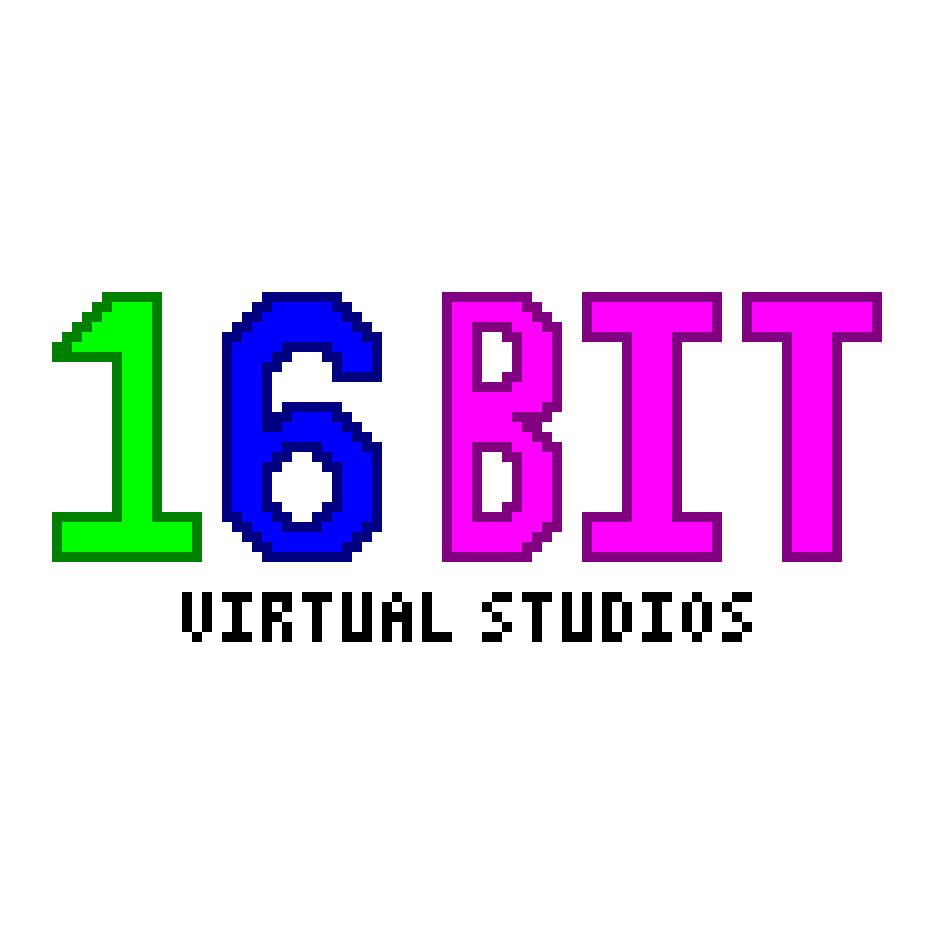So I’m building a new computer before the end of the year and lemmy is obviously pushing me towards Linux.
I am not computer savvy, I have a family member that will help me set up my PC, but I do not want to be calling/messaging them every day when I want to open a program.
Basically my question comes down to: can I operate a Linux PC these days without needing to troubleshoot or type code.
I use my computer about once a week for a few hours I would say, so any time spent troubleshooting is time wasted.
Thanks!
EDIT: since a lot of people are asking what programs I typically use, I’ll just list my most used programs.
Word, Excel, ect(I’m fine with alternatives)
Spotify
Gimp (would have been a make or break, so I’m glad it’s supported)
Brave browser (browser is a browser)
Steam
Discord
I would say that while I could figure out how the kernels work, I’m at a point with computers these days where I don’t have the time. My priorities fall with a seamless daily experience. If I have the time to figure something out I can, but ideally my day to day usage being unbotherd is what I’m after.
A lot of the comments so far have been helpful! I’m definitely going to give Linux a fair shot with my new build, probably start with Mint.
It could not be simpler.
My grandfather in law kept getting scammed and installing viruses while on Windows. I installed Linux Mint on his desktop last year, setup automatic updates, created a non admin account for him, changed a few easy configurations to hide the technical stuff that appears when you turn the computer on, and he fucking loves it.
Keep in mind getting this man to login to Netflix on his TV is a minimum 30 minute long phone call. One time, we had to send people to check on him because his phone was off for 3 days straight; he put it on airplane mode and couldn’t figure out how to turn it off.
He has had 0, yes, exactly 0, problems with his computer since I installed Linux Mint. It’s faster, to point where he noticed and commented on it, and he finds it easier to use than Windows, which has been on every computer he has ever owned.
He brags to anyone who will give him the time of day how much he loves it.
I promise you, it’s really that easy.
Same experience with my relatives. I had some family whose Macbooks were no longer able to update (for Apple forced obsolescence reasons). They run Mint now, and have never had a single problem since I first set them up.
Well, one of them called me because they couldn’t figure out how to attach a file to an email… But that problem would have been identical on Mac OS.
Stop using Brave, people.
I assume you’re talking about Desktop Environments. Yes, of course. KDE and Gnome rival MacOS as far as usability goes. The better part is that other software development groups port their software over to Linux as well and make it as seamless as possible.
People run into confusion here when people flood the comments on user questions like this, so let me shut that down right now.
If you need something that is a straight Desktop Environment, get a distro with KDE or Gnome, and a known OS that will have a lot of user base getting questions and answers if you even run into any.
Fedora or Ubuntu. Don’t listen to anyone arguing for their preferred favorites.
Don’t listen to performance comments.
You want a solid, no issues, not needing to look for help kind of distro. It’s those two, no question, and they both have KDE and Gnome variants.
That’s really about it.
Fully agree with this. There will be a slight learning curve since it will be different from what your used to, but it’s friendly enough to figure out.
If you know the windows program you want to use just search something like “Linux alternative for x” (sometimes there is specific KDE or Gnome progs)
I would maybe add Linux Mint to that list, but otherwise you’re spot on. Fedora and Ubuntu are the easiest and most robust systems for novice computer users.
Linux Mint is Ubuntu with specific changes.
That’s how all distros work. You can download them so you don’t have to make changes yourself.
Only thing I might add would be potentially Bluefin. It is Fedora with Gnome, except Atomic. It markets itself as:
The best of both worlds: the reliability and ease of use of a Chromebook, with the power of a GNOME desktop.
It’s been fantastic for me with automatic updates and everything installed through flathub so you don’t bork your system with any misconfigured installs.
Also: should you wish for something with Fedora literally in the name, Fedora Silverblue and Fedora Kionite are the upstream—published by the Fedora Project—versions of Bluefin that use GNOME and KDE, respectively.
Either could be an excellent choice should you wish for
Atomic
The whole system is updated in one go, and an update will not apply if anything goes wrong, meaning you will always have a working computer.
deleted by creator
No. This is your own spin.
Why the fuck can’t y’all just let people have it easy and try shit out before you feel you MUST say your piece about your own fucking experience and offer complicated alternatives?
Fedora and Ubuntu for beginners. That’s it. Nobody’s asking for performance or immutable bullshit until you confused them with it. STFU!
Well this is literally Fedora, and I offered it for consideration, not a recommendation. This seems a tad hostile.
*Immutable. Get lost.
deleted by creator
Start with Mint and use flatpaks. You will be all set.
Everyone is saying yes.
They are wrong.
You will absolutely have to troubleshoot in order to figure out how to do what you want to do.
Linux is different than windows or macos and you’re gonna have to gain an understanding (however dumbed down you might describe it) of those differences in order to use the computer.
If you can get over that hump of understanding then I think you’ll be fine.
I consider myself a reasonably tech literate user and tried to set up dual boot on my pc using a whole separate ssd just for Linux to be safe. Installing it went fine but GRUB wouldn’t let me boot into windows, somehow the instalation nuked my windows boot partition and no amount of repairing would work, I had to completely reinstall Windows and now I’m seriously worried of trying Linux again.
That sucks. I’ve done that a lot of times by either not understanding what I was doing or fat fingering some decision.
If you do decide to try again, tag me and I’ll set up a vm environment similar to yours and walk you through any confusing steps.
So you are saying that dumbs can’t read? Because hey, that is all it takes to troubleshoot a problem on linux.
Thus, even your grandmother can “do google” nowadays.
Dude, your wrong. Not what OP was asking about.
Desktop light usage only. DFQOH and don’t come back.
There’s one case when you can’t avoid using command line. If you ask someone on Internet to help you, he will say you to type some commands. No window clicking, no screenshots will help. All GUIs are different, but CLI is (almost) always the same, and its output is well searchable. That’s why you see numerous command line listings in each topic discussing problems and could decide it’s impossible to use Linux without coding.
I bet the others already gave a lot of good advice, but there is one thing I wand to emphasize. The way in which you install software matters more on Linux than on any other operating system. You are meant to install it through your distros package manager, which you will most likely use through the software management GUI of your distro. Do not download any executables from websites directly, unless you are absolutely sure that:
- They are made to work on your distro
- They come from a trustworthy source
- You have complete and up to date instructions on how to install them
Sometimes you might need to add additional repositories to your package manager, the same rules apply there. You might also run into things called Flatpaks and Snaps, these are universal package formats and another great option for installing software. Flatpaks work out of the box in a lot of distros. Number one rule there is to stick to things that are marked as verified, unless you have a good reason to trust them. These universal formats might be integrated in the GUI software manager too, this varies across distros.
If you follow those rules and keep your system updated, I don’t expect you will have much trouble with Linux.
I don’t think any Operating System is
(dumb)user friendlyyet.Really, you already use gimp, but not linux?
It’s what I got to use in highschool computer class, I’m a sucker for what I know.
Don’t use an immutable distro like endless or silverblue. It’s a whole new paradigm to learn (in addition to learning Linux basics). You should get your feet wet with something more user-friendly first.
My big recommendation is Ubuntu. Normal ubuntu. Not one of the flavors or derivatives. It’s got everything you need, plus very easy to troubleshoot if something goes wrong. Try to avoid using the command line when following guides online, there is nothing on Ubuntu you actually need it for and the graphical tools are very good.
Don’t listen to the complaining about snaps. You won’t notice them, they won’t affect you negatively, they are designed to just set and forget. The complaints come from a highly particular and technical subset of the Linux community.
If you really don’t like the look of Ubuntu, then I’d second all the recommendations for Mint. Those two distros have the most number of non-technical users in their communities because they are both very user-friendly and well-tested. I’d recommend against trying anything else until you’ve gotten comfortable with Ubuntu or Mint.
Unfortunately the snap argument may have merit after all. Some companies have dropped support for it and are all in on flatpak. I’ve run into several cases where something was available on flathub but not the snap store. And considering gnome, kde, and most new devs are all in on flatpak, someone would be really missing out on some great apps that make life easier if they only had snaps.
Not only that but Ubuntu has really diverged in other areas as well they may only show up later like choosing LXD over podman. People should just get an experience that is closest to SteamOS for maximum compatibility and support atp. Putting someone on Ubuntu I think is like orphaning them.
I don’t think the snap argument is without merit, I just think it’s an argument only had by a very technical subset of users. I think your comment illustrates that.
I don’t agree that anybody would be left “orphaned” on Ubuntu. LXD vs Podman is again a very technical question for a specific subset of users.
I also don’t agree that SteamOS is the goal for compatibility and support. Compatibility is best with Ubuntu, it’s the most widely deployed and used desktop distribution by far. Most other desktop distros are a rounding error when compared to Ubuntu user-wise.
I’ve also personally had a buggy experience with SteamOS. I wouldn’t use it as a desktop in its current state, but I’m aware some folks do just that.
For someone new to Linux who just needs to get on with their desktop work, Ubuntu is the best distro there is (flawed as it may be). Mint is also a good choice for the same reasons.
Depends on the distribution. And how used you are to windows.
Imo, for the easiest possible experience, choose fedora and use it sorta like desktop android.
My dad is a complete tech noob. I took his laptop, installed Ubuntu, configured everything and showed him where he could find the applications he uses. Done.
Yea it is user friendly. If you’re using your computer once a week presumably its for things like web browsing or working with documents - these are very easy and straight forward to do in linux.
The other big benefit is the cost - linux is free and you’ll save £120 on a basic version of Windows which can be used to get get a better PC or just saved.
Add to that no advertising, much more private and entirely yours to do what you like with. And if you don’t like it you can easily install Windows instead, so its zero risk to try Linux.
Linux vs. Windows doesn’t generally affect the cost unless you’re building the machine yourself, or buying from a Linux specific vendor like Framework (which are generally more expensive than what you’ll find at Best Buy anyways). The major PC manufacturers are going to have Windows pre-installed whether you want it or not.
Depends on the distro.
I found Linux Mint good enough for 99% of things, and most problems can be solved without a terminal.
Problem is you’d still need to know enough about Linux (just like with windows) to troubleshoot. For example, the files app was causing an error when plugging in drives, I need to figure out that the files app wasn’t call files, but nemo, it’s config lived in a hidden folder called .config in my home folder, and in .config I could delete my configuration to fix my issue.
In my view Linux is about Windows XP or 7 in terms of usability, a bit of a learning curve, but one worth learning.
A few modern improvements which makes using Linux easier.
Use Flatpaks where possible, it’s platform agnostic and usually supported by the actual devs.
AppImages (think portable exe for windows), are another option, but to “install” them you’d need an app called Gear Lever.
Check with an apps developer before installing, flatpaks can be packaged by anyone, and they might loose support (steam for example is installable via Deb not flatpak).








